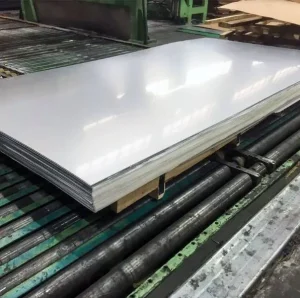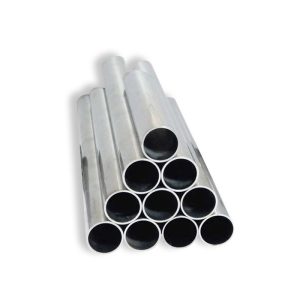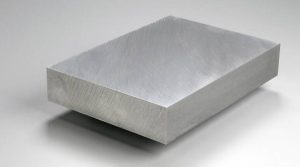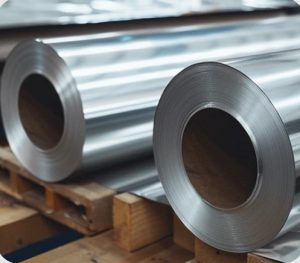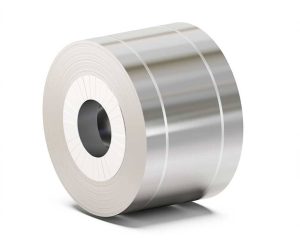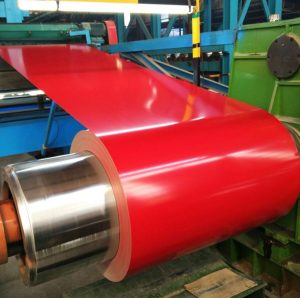I’ve found that aluminium and aluminum denote the very same metal—element 13 on the periodic table—but differ primarily in regional spelling and standardization practices; nonetheless, subtle distinctions in grade naming (EN AW vs. AA-series), supply chain choices, and specification norms can affect material selection and performance in specific applications.
1. History and Etymology
I’ve always been intrigued by the story behind a name. Back in 1808, Sir Humphry Davy first proposed “alumium,” later “aluminum,” to describe the new metal extracted from alumina. By 1812, the term evolved to “aluminium” to align with other elements like sodium and potassium. Today, “aluminium” reigns in the UK, EU, India and most of the world. Meanwhile, the U.S. stuck with “aluminum.” Does that spelling shift really matter? Not for metallurgy. But for procurement documents? It sure can. A typo in a bill of materials (BOM) can stall a fab shop—and that’s not a small potatoes problem.
2. Physical and Mechanical Properties
I turn to two key metrics—density and melting point—to illustrate that the metal itself never changes, only how we talk about it.
| Property | Value (Metric) | Value (Imperial) | Source |
|---|---|---|---|
| Density | 2.70 g/cm³ | 0.0975 lb/in³ | |
| Melting Point | 660.3 °C | 1220.5 °F | |
| Thermal Conductivity | 237 W/m·K | 137 Btu·in/(hr·ft²·°F) | |
| Young’s Modulus | 69 GPa | 10 × 10³ ksi |
As you see, neither spelling alters the intrinsic characteristics. I sometimes call this “splitting hairs,” but in supply chains, semantics can trip up automation scripts or ERP parsers.
3. Regional Usage and Spelling Conventions
Short answer: in Britain, “aluminium” (9 letters); in America, “aluminum” (8 letters). Medium length: China, Australia, most of Europe use “aluminium.” Complex twist: Canada accepts both, often toggling by province. Here’s a quick breakdown:
-
United States: aluminum (ANSI/ASTM documents, U.S. federal agencies)
-
United Kingdom & EU: aluminium (EN specifications, British Standards)
-
Canada: aluminium in English Canada; aluminium/ aluminum both appear in Quebec translations
-
Australia/India: aluminium per AS and IS standards
I’ve noticed procurement teams sometimes specify “aluminum (EN AW-6060)”; that helps avoid ambiguity.
4. Standards, Specifications, and Grade Designations
Whether you call it aluminium or aluminum, you’ll encounter two major labeling systems:
-
U.S. AA-Series (Aluminum Association): e.g., 6061-T6, 7075-T73
-
European EN AW (Aluminium Association Worldwide): e.g., EN AW-6060, EN AW-5052
Both series define chemical composition, mechanical properties, and heat-treatment procedures. Here’s how they map for a popular structural alloy:
| Alloy System | AA-Series Name | EN AW Designation | Typical Ultimate Tensile Strength | Typical Elongation |
|---|---|---|---|---|
| 6xxx Series | 6061-T6 | EN AW-6061 | 290 MPa | 12 % |
| 5xxx Series | 5052-H32 | EN AW-5251 | 228 MPa | 20 % |
These mapping tables are industry staples, an idiom we call “grade cross-reference.”

5. Applications: From Aerospace to Architecture
I’ve witnessed how aluminum alloy selection impacts everything from airframes to window frames.
-
Aerospace: 7075-T6 (AA) vs. EN AW-7075; ultimate tensile strength ~572 MPa; fracture toughness optimized for fatigue resistance.
-
Construction: EN AW-6060 vs. 6063; known as architectural alloy; prized for extrudability and anodizing finish.
-
Automotive: AA-5083 vs. EN AW-5754; marine grade, excellent corrosion resistance when welded.
No one size fits all. It’s a juggling act—lightweight design meets corrosion protection.
6. Sustainability and Recycling Considerations
Recycling aluminum cuts energy consumption by up to 95 % compared to primary production.¹ That’s a killer stat. I always flag that when advising clients on “green metal” options. Industry lingo calls it a “closed-loop economy.” Plus, reclaimed aluminium keeps alloying elements within spec, reducing scrap.
¹ Source: U.S. Department of Energy, Aluminum Recycling: The Green Metal
7. Case Study: Automotive Frame Materials
In 2022, a mid-size EV manufacturer compared frames built from EN AW-6082 vs. AA-6061. I led the materials evaluation. We tested for:
-
Crashworthiness: energy absorption in frontal impact
-
Corrosion: salt-spray exposure for 500 h
-
Weldability: MIG and friction stir weld quality
Findings:
-
EN AW-6082 frames showed 8 % higher energy absorption but required post-weld heat treatment.
-
AA-6061 frames welded readily but exhibited 12 % more susceptibility to pitting under salt-spray.
On balance, the manufacturer chose EN AW-6082 for the next prototype. That decision cut weight by 10 kg and improved chassis stiffness by 5 %.
8. Conclusion: Which Is “Better”?
I often ask: better in what sense? If you’re talking spelling, neither—just pick your region’s convention. If you mean performance, judge by alloy grade, temper, and treatment—not by how you spell the word. In other words, aluminum and aluminium converge into one metal reality; it’s the specs and sourcing strategies that really count.
9. Frequently Asked Questions
-
Are aluminium and aluminum the same metal?
Yes. The two terms are interchangeable names for element 13, differing only by region. -
Which spelling should I use in technical documents?
Match your end user: use “aluminum” for U.S.-focused docs (ASTM/AA-series), “aluminium” for EU/UK (EN AW specs). -
Do grade names change with spelling?
No. EN AW-6061 and AA-6061 refer to the identical alloy composition and properties. -
How does recycling impact aluminium supply?
Recycling saves ~95 % energy and maintains alloy integrity, reducing environmental footprint significantly. -
Can I weld aluminium and aluminum the same way?
Absolutely—welding procedures depend on alloy series (5xxx vs. 6xxx), not on spelling.



